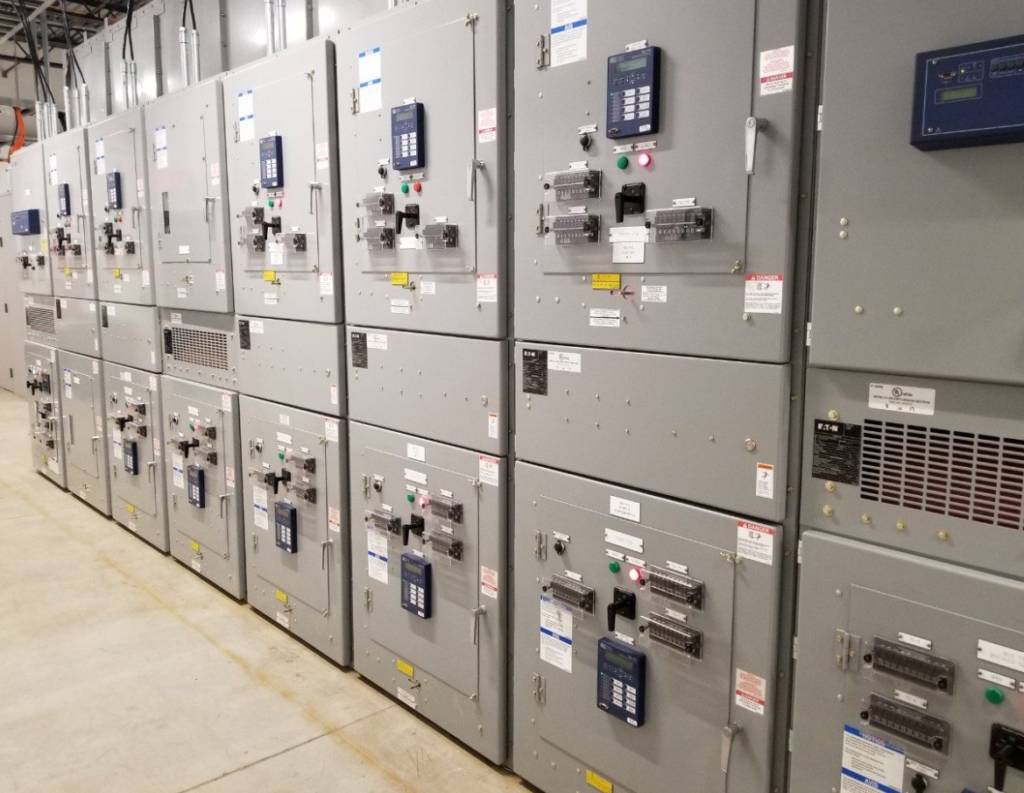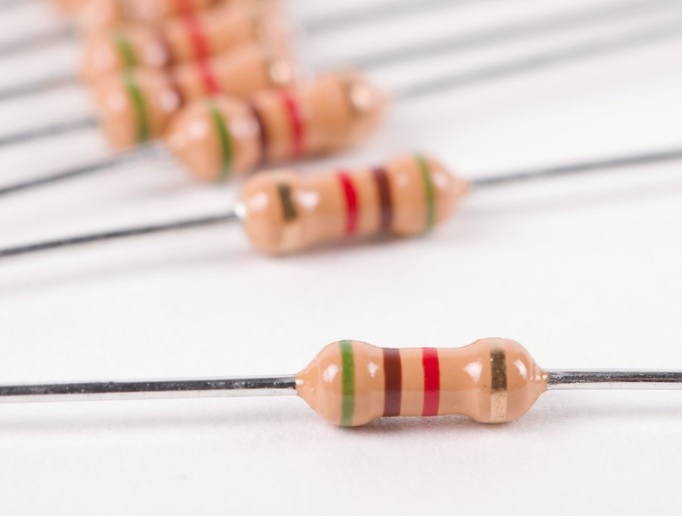Every home has a specific electrical load capacity, which refers to the maximum amount of electrical power it can safely handle at any given time. Understanding this capacity is essential for ensuring the safe operation of electrical devices, preventing overloads, and minimizing fire hazards. This article will guide homeowners through the concept of electrical load capacity and how to manage it effectively.

What is Electrical Load Capacity?
Electrical load capacity is the total amount of electrical power (measured in watts) that your home’s electrical system can safely supply without tripping circuit breakers or causing damage to wiring. It depends on several factors, including the capacity of your electrical panel, the gauge of your wiring, and the number of circuits in your home.
How to Calculate Your Home’s Electrical Load Capacity
- Identify Your Electrical Panel’s Capacity:
- Most residential panels range from 100 to 400 amps. Check the main circuit breaker to find its amperage rating.
- To convert amps to watts, use the formula:
Watts=Amps×Volts\text{Watts} = \text{Amps} \times \text{Volts}Watts=Amps×Volts
(In most homes, the standard voltage is 120V or 240V.)
- Determine Your Appliance Load:
- List all major appliances in your home and their wattage (found on the appliance label).
- Calculate the total wattage of all appliances you intend to use simultaneously.
- Calculate the Load:
- For a typical home, the recommended maximum load is 80% of the panel’s capacity to avoid overloads.
Max Load=Panel Capacity×0.8\text{Max Load} = \text{Panel Capacity} \times 0.8Max Load=Panel Capacity×0.8
- For a typical home, the recommended maximum load is 80% of the panel’s capacity to avoid overloads.
Common Electrical Loads in the Home
- Lighting: Average wattage can vary based on the type of bulbs used (incandescent, LED, etc.).
- Heating and Cooling: HVAC systems are often among the highest wattage users in a home.
- Kitchen Appliances: Refrigerators, microwaves, and dishwashers consume significant power.
- Entertainment Systems: TVs, gaming consoles, and home theater systems add to the load.
- Power Tools: Tools used for DIY projects can also increase load, especially if multiple devices are used simultaneously.
Signs of Overloading
- Frequent Circuit Breaker Trips: If your breakers trip often, it could indicate an overload.
- Dimming or Flickering Lights: This may occur when high-wattage devices are used simultaneously on the same circuit.
- Burning Smell: A burning odor from outlets or switches can indicate overheating due to overload.
How to Manage Your Electrical Load
- Distribute the Load:
- Spread out high-wattage devices across multiple circuits instead of using them all on one.
- Avoid running too many devices on extension cords or power strips.
- Upgrade Your Electrical Panel:
- If you consistently exceed your electrical load capacity, consider upgrading your panel to accommodate more amperage.
- Consult a licensed electrician to determine the best solution for your home.
- Use Energy-Efficient Appliances:
- Invest in energy-efficient appliances that consume less power while providing the same functionality.
- Consider switching to LED lighting, which uses significantly less energy than traditional bulbs.
- Implement Smart Technology:
- Use smart plugs and energy monitors to track and manage energy consumption effectively.
- Smart home devices can help optimize usage and identify high-load periods.
Conclusion
Understanding your home’s electrical load capacity is crucial for maintaining a safe and efficient electrical system. By calculating your load, recognizing the signs of overload, and managing your energy consumption, you can protect your home from electrical hazards while optimizing your energy use. Always consult a licensed electrician for any concerns or upgrades to your electrical system.


